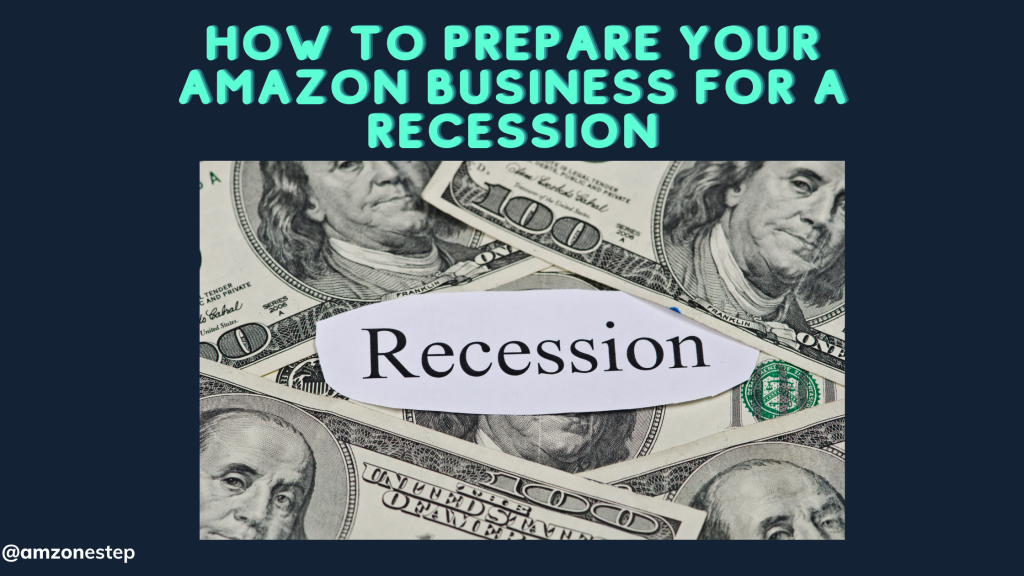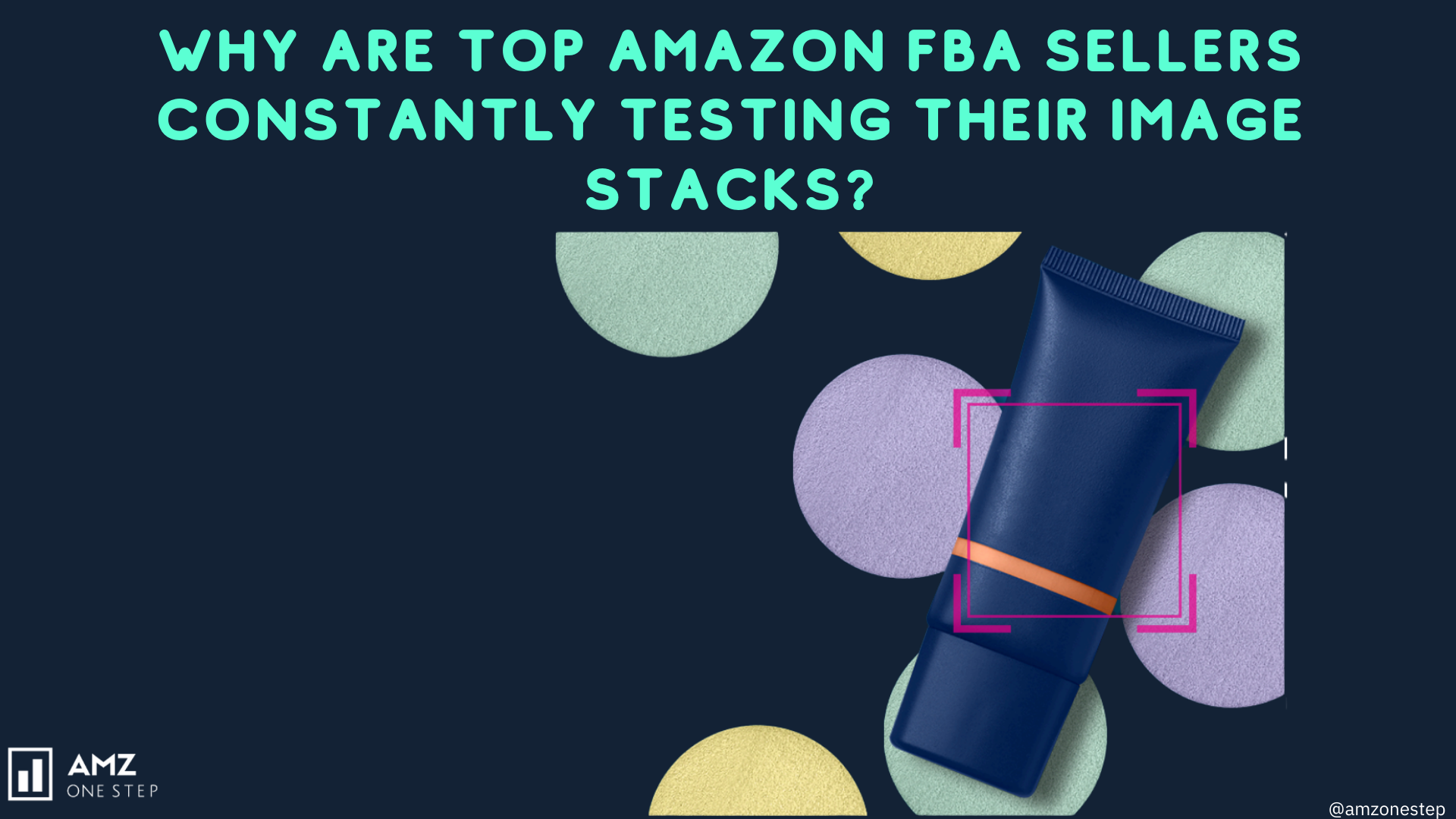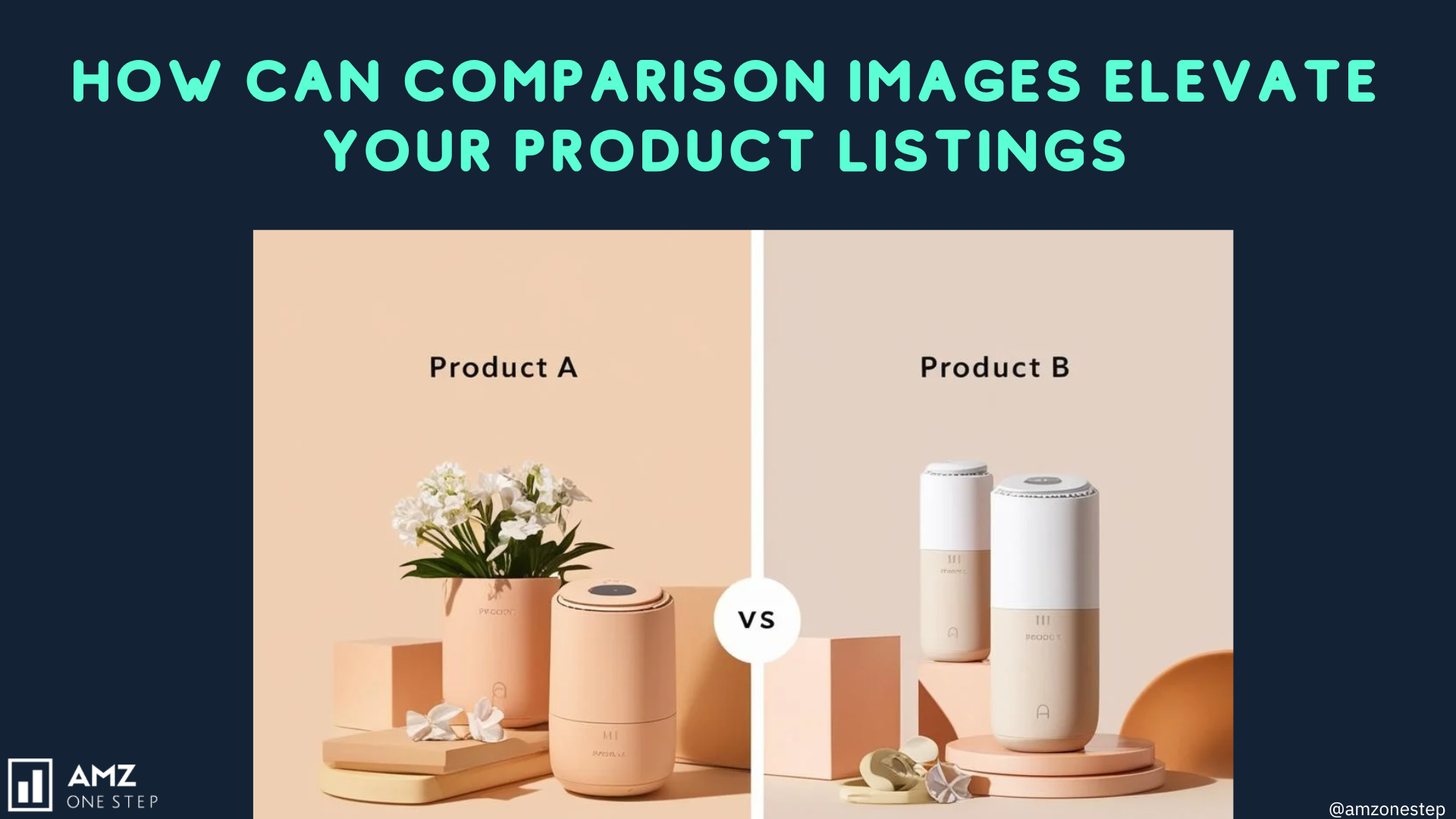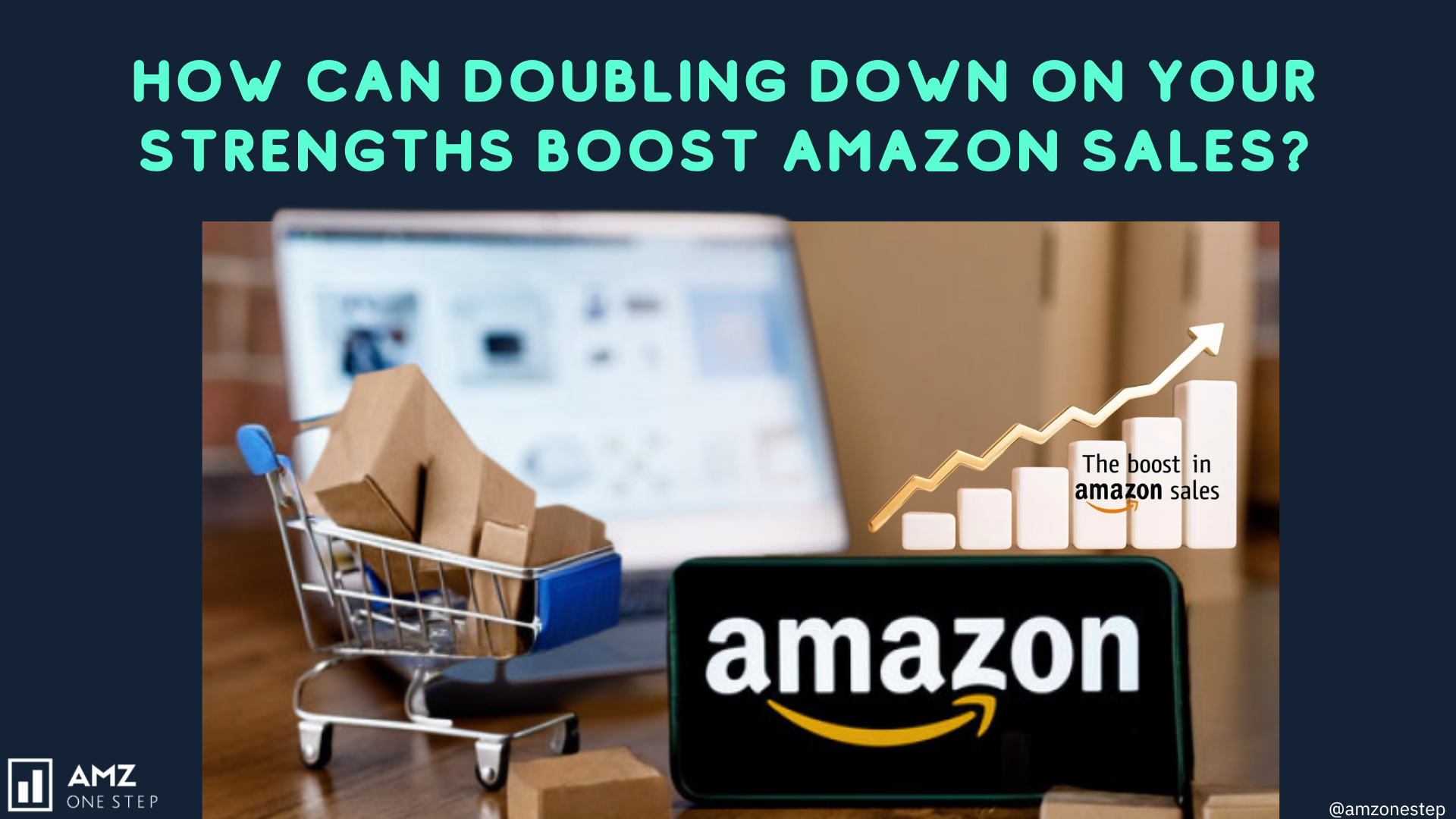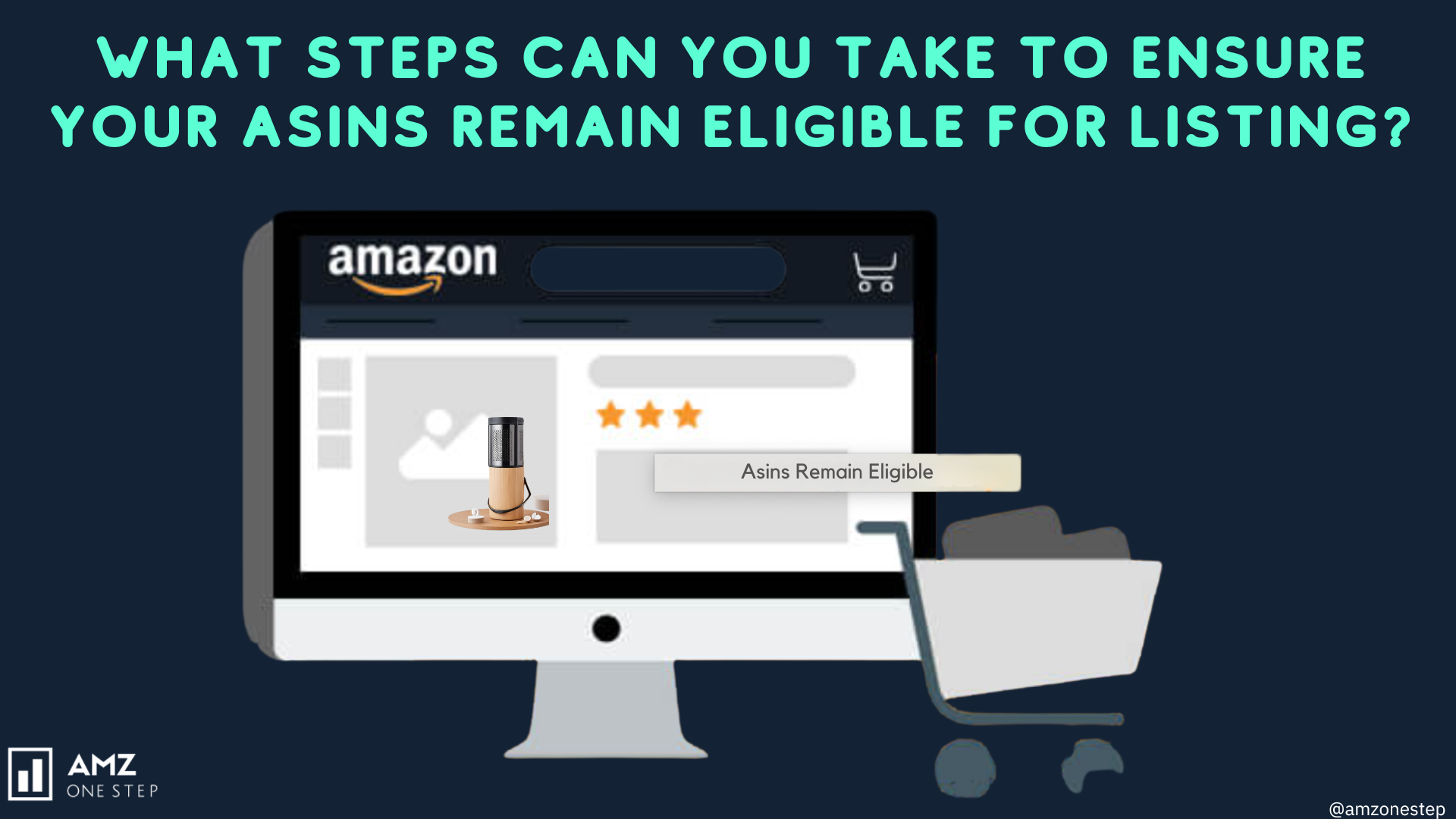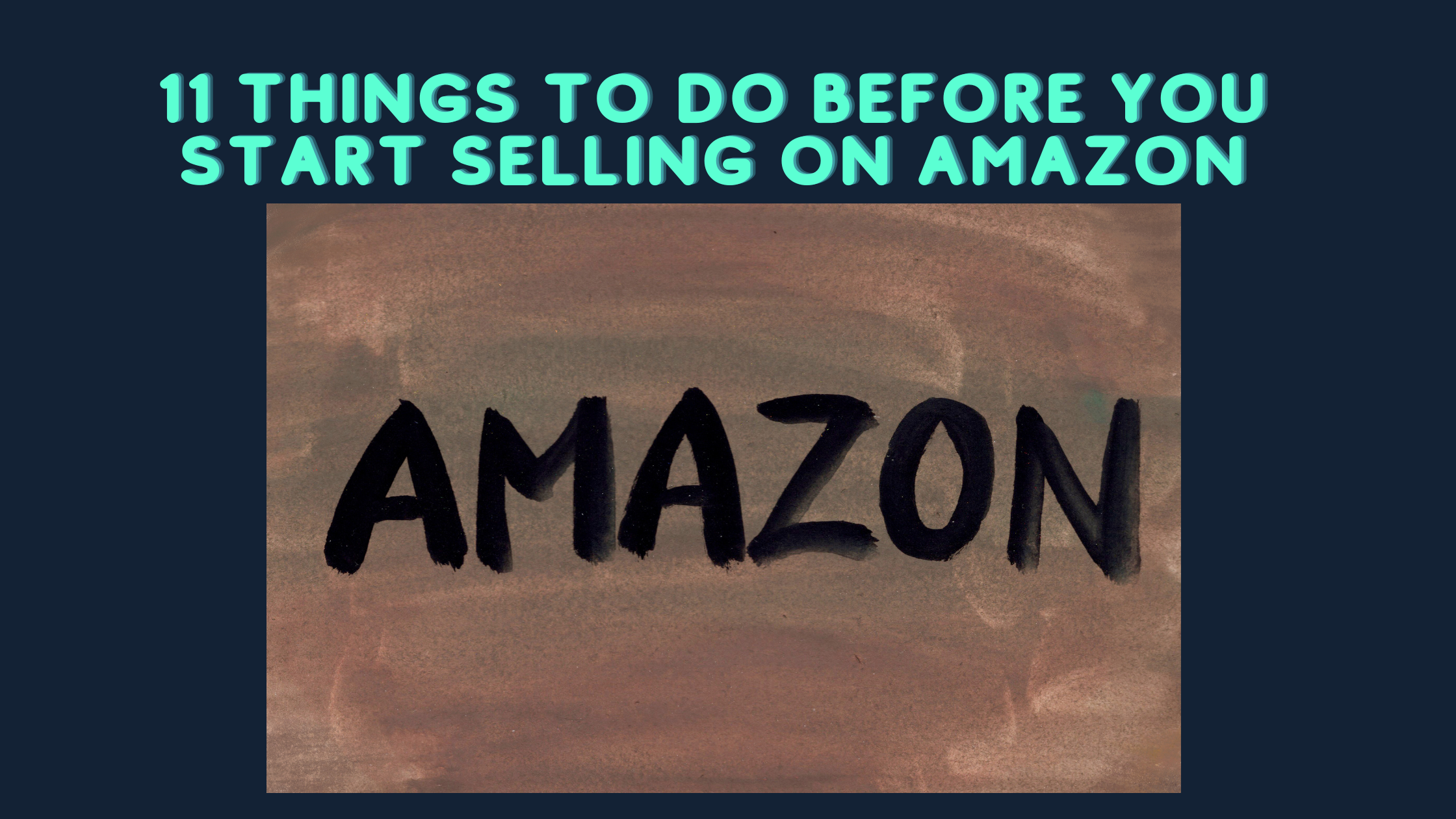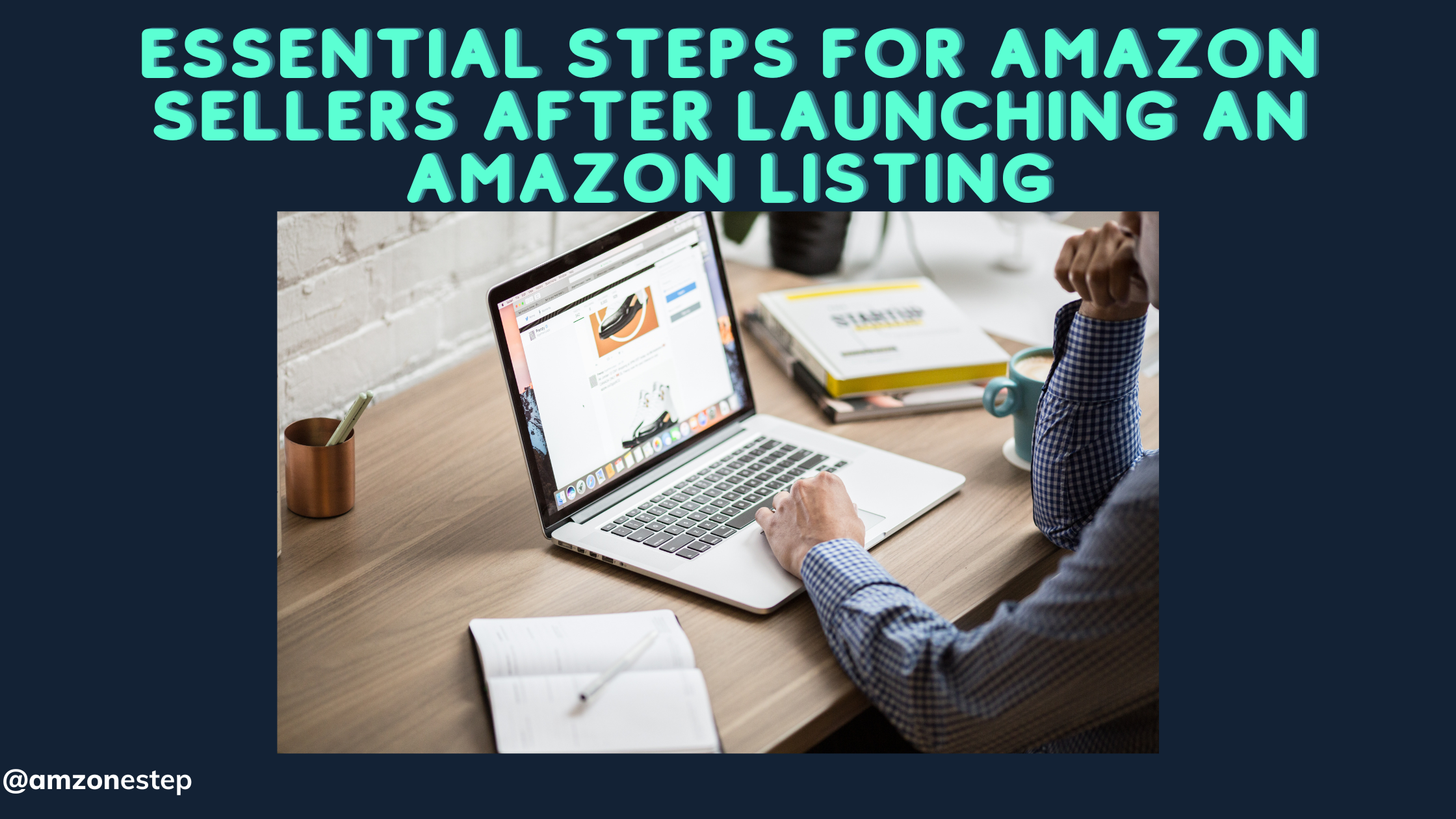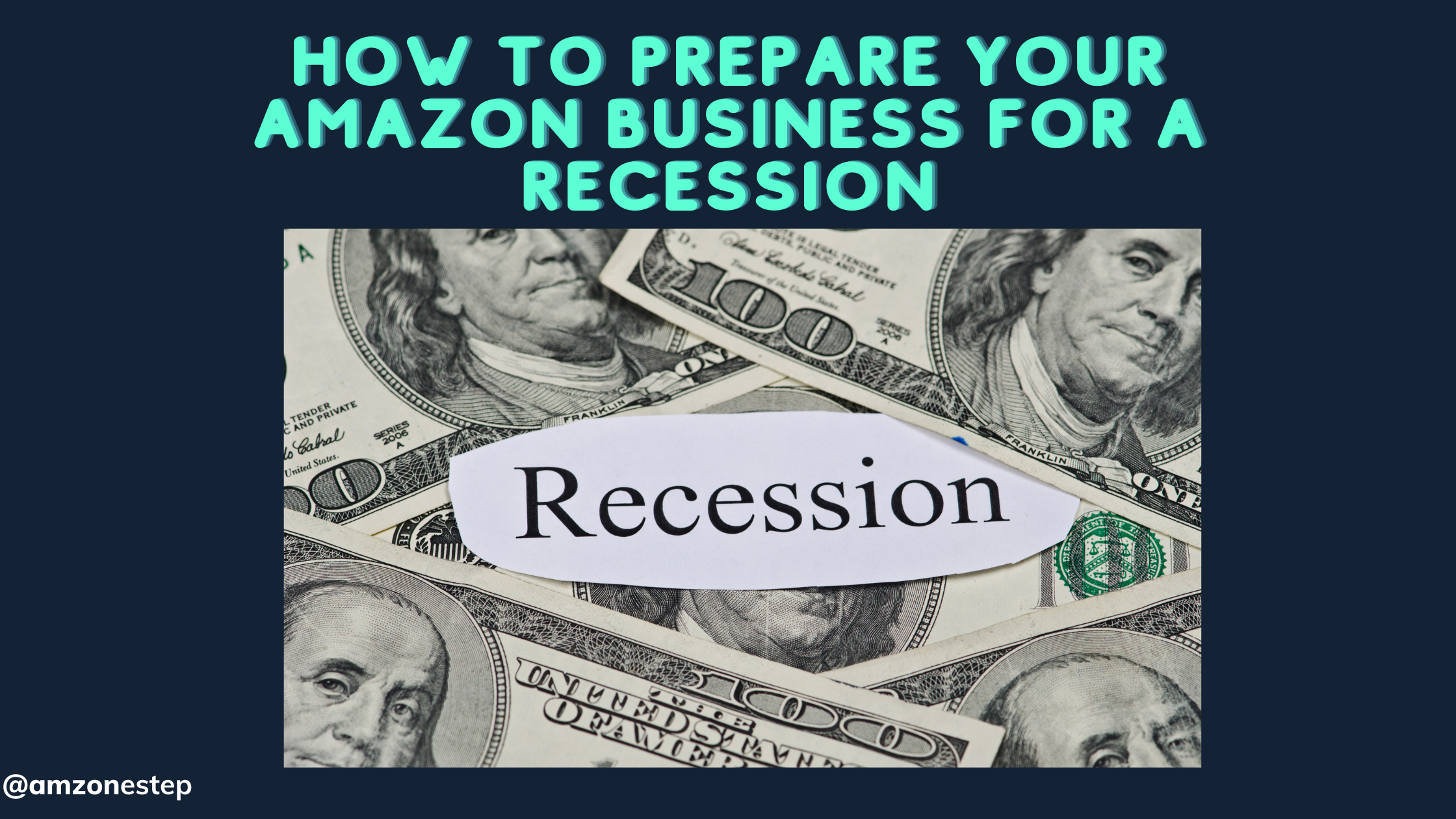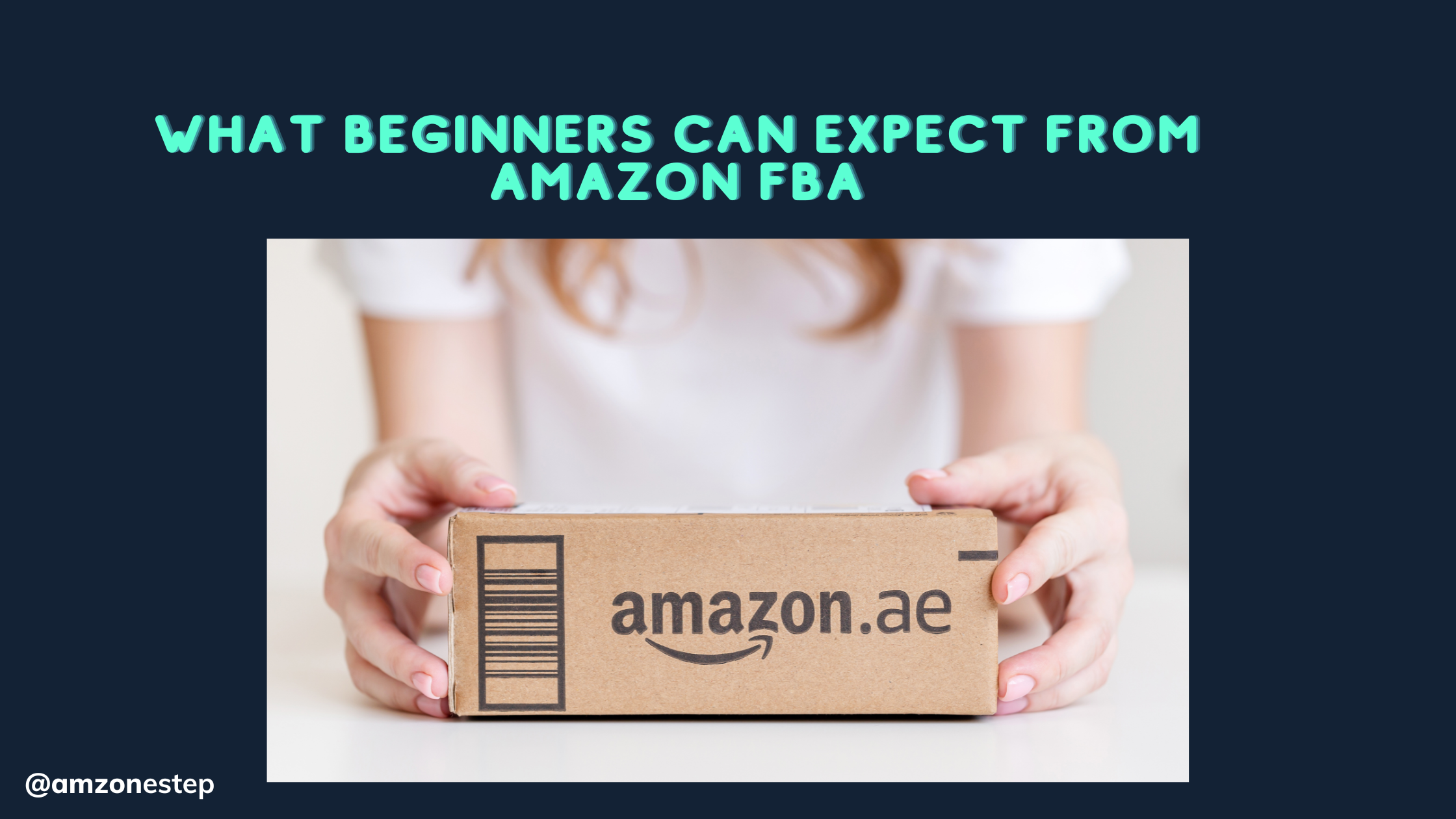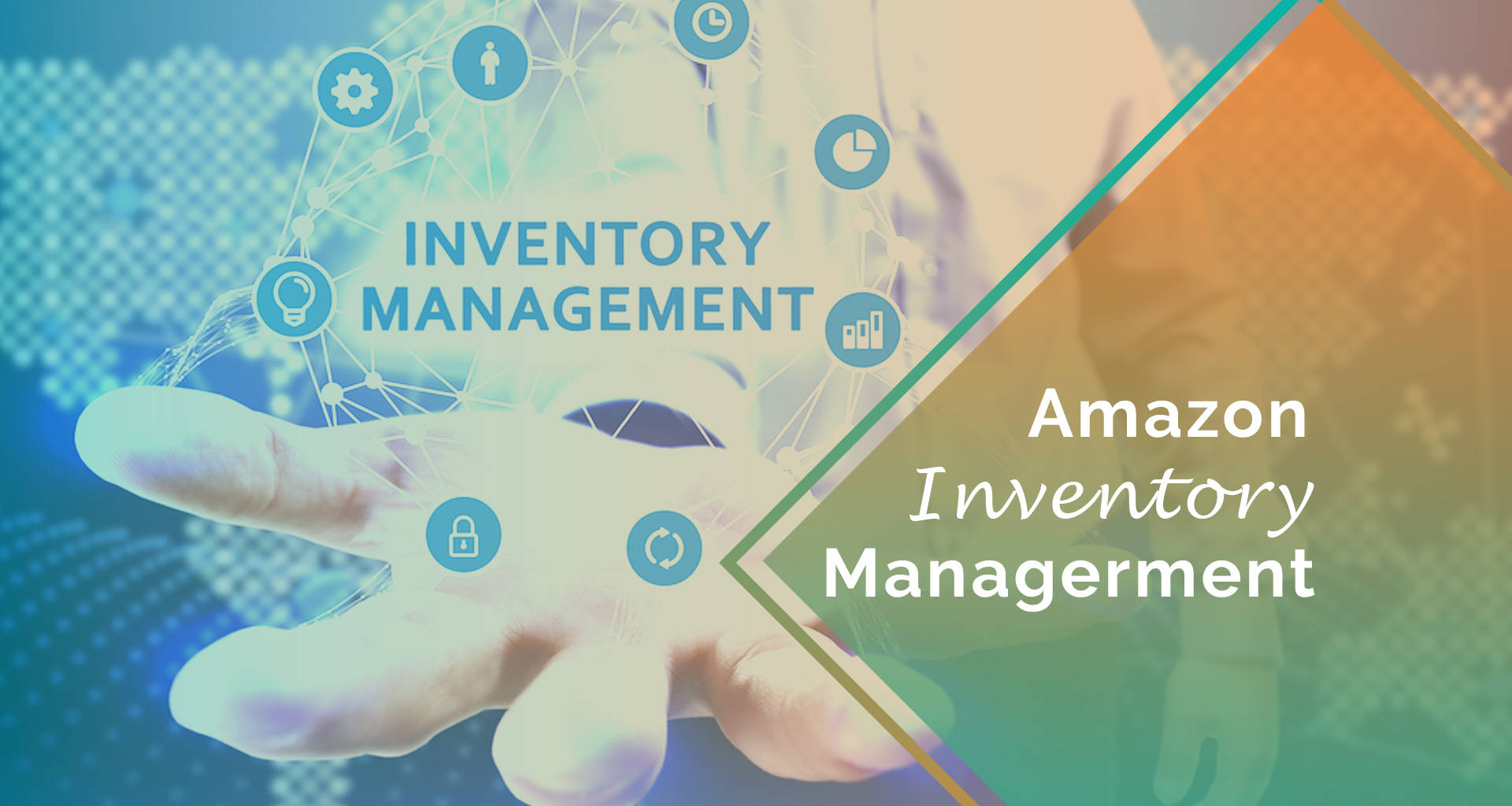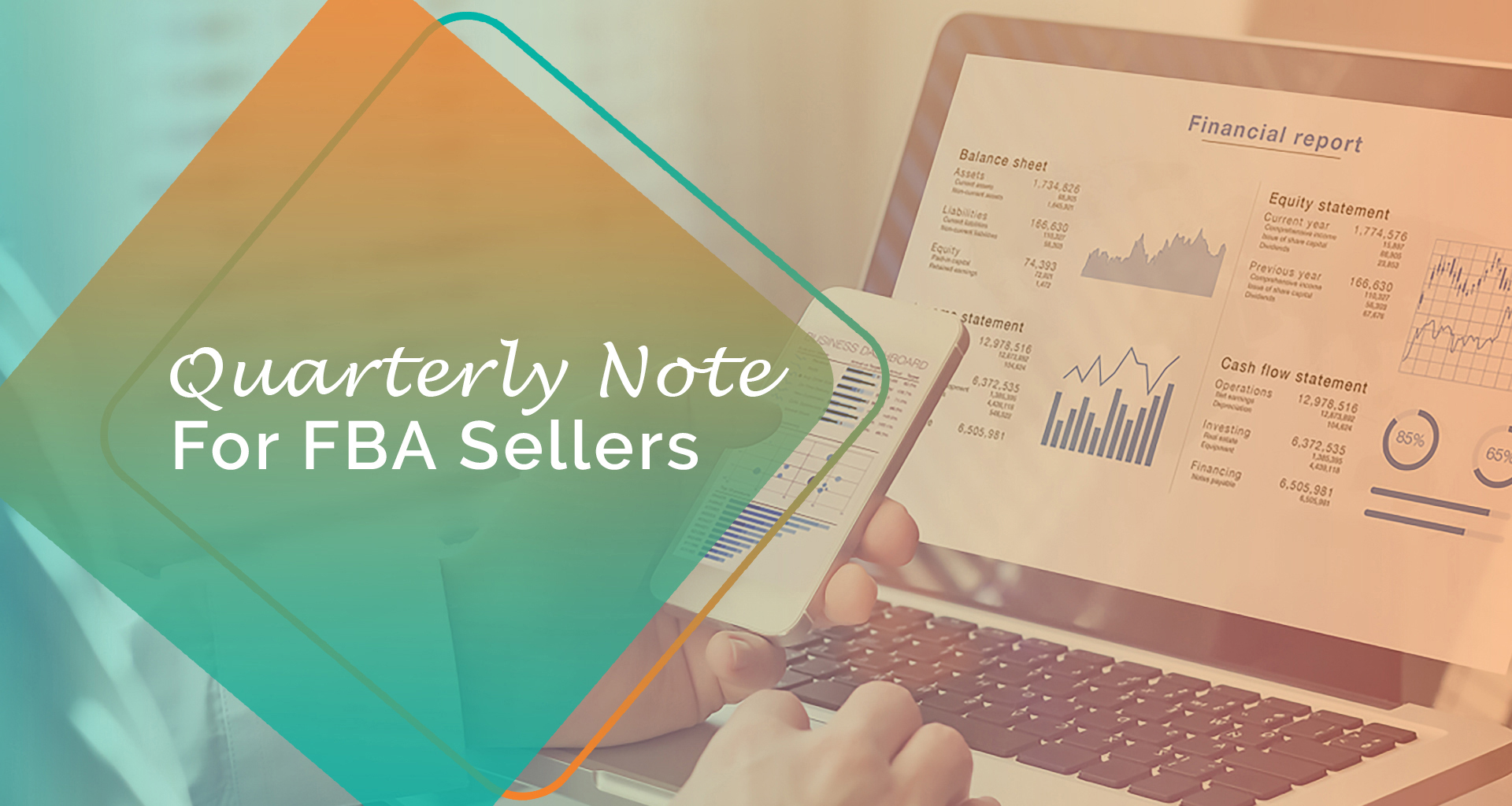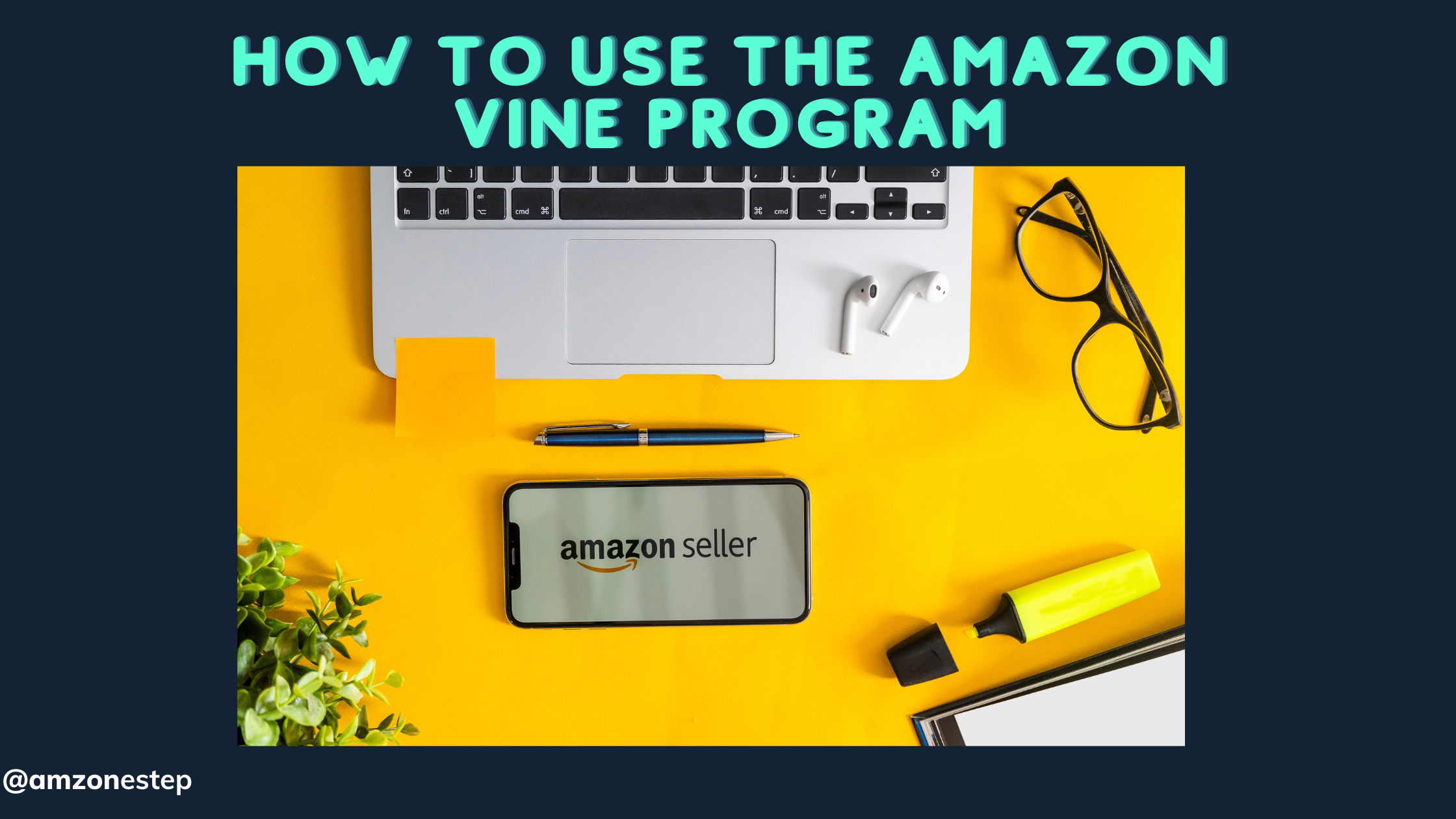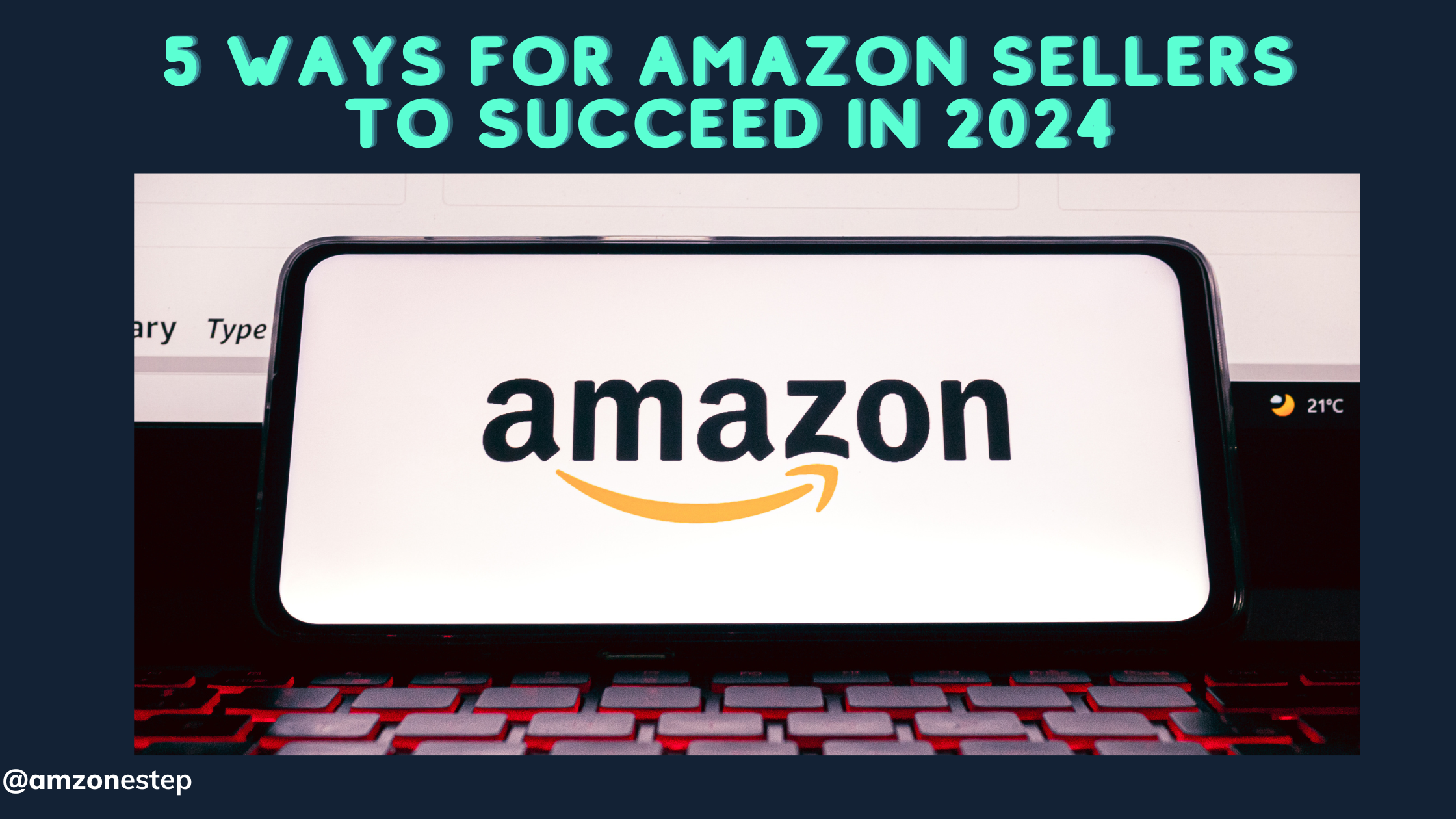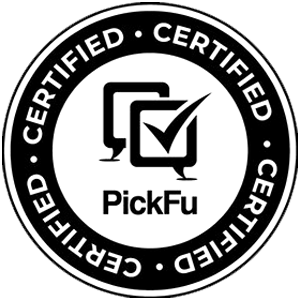There will always be recessions. Since the 1800s, there have been about 48 recessions or about one every three years.
The economy will slow down for at least two months during a recession. This will affect Gross Domestic Product (GDP), real income, jobs, industrial production, and wholesale retail sales.
You could lose your business overnight if you aren’t ready for these common things to happen as a business owner, e-commerce startup, or Amazon FBA seller. The article talks about business ideas that won’t go away during a recession, as well as categories that people will still spend money on and avoid during a recession.
Look At Your Past Sales
First, let’s talk about sales. You might want to introduce new goods promptly but keep in mind that this is sometimes uncharted territory, and not all products will be hits. You might want to spend your time and energy on things that have already worked better.
Try to sell those items in new and different ways, like through a monthly service like Subscribe & Save. This is good for both the buyer and the Amazon FBA seller because it makes things easier for both of them and lowers the cost of sales while also bringing in regular money.
Consider Your Price Points
How do you price your products? I read recently that 85% of the sellers in the study had observed price increases from their suppliers, but only 71% had also raised prices for their customers. Therefore, make sure you test the prices in this new setting.
Check Out Your List of Products
Next, think about how each product in your stack has done so far. You want to cut down on the amount of cash that is stuck in goods that don’t move quickly so that your cash flow is better.
Keep saving money in mind as you think about how you will change each item. Looking at how profitable each product is would be the best thing to do.
There should be more than a 30% difference between your profit margin and 20%. Your product mix for the next few months can be planned with the help of this research, changes to prices, and minimum order quantities.
Get Specific About How Much Your Ads Cost
The costs of advertising are the last part of your product research. “Looking at TACoS (total ad cost of sales) by-product as sponsored products,”. Amazon TACOS method examines how the money you spend on ads affects your total sales, which include sales that come from search engines.
Instead of looking at the whole ad account, our agency has made a dashboard that lets us look at TACoS for a particular product. This lets us see how each product is doing on its own.
You should keep an eye on your media efficiency ratio when you’re advertising from the big-picture display level. Divide your total income by the total amount you spent on ads to get this ratio.
Every month, figure this out and look for patterns. Spending too much on ads can hurt your business because the extra money doesn’t bring back much.
Reduce Supplier Costs
You won’t have to pay extra for shipping on weekends, holiday season, or at times when the plant is closed. Instead, your order will be sent out as soon as it’s ready. It will also help cut down on downtime caused by problems that might happen during shipping.
Second, think about sending in containers for lower costs per unit and fewer days of lost inventory while it’s in transit. Also, avoid paying middlemen by buying straight from the plant.
Finding a reliable provider is one of the most important steps in building your brand. You should keep getting what you want from them once you’ve found one.
If you want to work with a potential supplier, make sure they have a good name and are ready to give you samples. Offer to help them make their processes better by visiting their workplace and having your say.
Take a look at their image, how well they follow industry rules, and things like delivery time and location. Remember these points:
- Ship your item as soon as possible, not at the last minute. You need time to get your packing ready, and if you wait until the last minute, you might have to pay more for shipping.
- Don’t pay extra to store things for extra days. If a supplier normally ships their goods, there’s no reason to hold them up because they aren’t ready yet. Just let them know when you want them shipped, and they should include them in the freight shipment right away instead of waiting one or two more days.
- You don’t have to pay on weekends, holidays, or when the business is closed. If the plant is closed on the weekends, you will still have to pay for a whole week, even if it only works for half that time.
- Avoid paying extra for freight at the last minute by planning. Don’t forget that shipping costs go up if you wait until the last minute to load the container. This can lead to extra fees and costs you didn’t expect that you could have avoided if you had planned better.
- You should make a plan so you know how much you can spend before you load your container.
- Send out several packages at the same time. When you have enough stock in one place, you might want to send it all at once instead of one package at a time. This will keep freight rates low for each load, which will lower your overall cost per pound.
- Don’t put as much on pallets; use fewer crates instead. There may be extra room between products or packages on a pallet that isn’t needed, depending on the size of the product and how it’s packaged. This makes shipping more expensive because more weight has to be added to each pallet to keep it stable.
- Whenever you can, use smaller boxes instead of big plastic boxes. If you need a supplier, you should buy straight from the plant. When you buy something through a middleman, that person will get paid some money, and it will be harder to get the business to lower the price.
- Keep the costs of extra services like paperwork and inspections as low as possible and try to discuss these fees ahead of time if you can. Some sellers might offer to check your goods before they leave their premises, but you might not need this if you already have quality control rules in place.
- Once the goods are delivered, suppliers will usually ask for proof of inspection, which costs money that you have to pay. If you don’t need these kinds of papers or exams and can talk them out of the deal, everyone will save money.
Read More: How To Select the Best Amazon Shipping Option for Your Product?
Check Your Inventory Costs and Other Expenses
Expenses should now be your focus. Starting with your inventory prices. Could you try to get your prices lowered? Is there a supplier closer to the US that could lower your minimum order number and shipping costs? Keeping your cash for as long as possible is your goal.
49% of consumers say their pay isn’t stable. With all of these worries, how can you as an Amazon FBA seller or business owner offer things that will save someone money?
Additionally, here are some extra things to think about: Make sure your shipments are full of items that people will want to buy instantly. Explore whether you can bring some of the preparation work in-house. Make sure you are getting the best deals by checking out the extra freight costs.
Carefully Consider Loan Acceptance
Now let’s talk about loans. You want to open another card so badly to get their deal and earn more points. These plans can be risky because they leave you with a lot of debt if things don’t go as expected. Make sure you think about how much that loan will cost you.
A lot of businesses can’t pay the interest rates, and because credit card rates change all the time, the costs can add up fast. You should make sure you’ve done all of the above things before you borrow money to get through the slump.
You can’t always fix things, but the business should lose money than for your credit to get ruined while the business fails. In the big picture, this is a brave road, even though it is hard.
How Can International Markets Offer So Much During Recession?
One big benefit of selling on online markets when the economy is bad is that it’s easier to get started. With very little setup cost, online marketplaces give companies a ready-made place to start selling right away.
Selling on international markets lets sellers reach more people and make more sales by using customers who are already on established platforms.
Meanwhile, people all over the world are looking for goods that aren’t sold in their own country or that are cheaper somewhere else, no matter where they come from. Price is very important to them, especially when the economy is bad.
How Has Rising Inflation Affected Consumer Spending?
The prices of many other things people need in their daily lives have also gone up. For many people, this price hike is a big worry. 81% of people surveyed said that higher prices have made them spend less.
67% of customers are worried about how much money their family has.
What To Sell in a Recession?
People want to save money on their daily costs and cut back on spending on things they don’t need. Rather than selling products that are trendy or that people buy on the spot, you should focus on categories of goods that people will always need.
As a business owner, you can keep these areas in mind to make sure your company still does well during a slowdown.
Food And Grocery Items
This group includes a lot of different things, from everyday things like milk and bread to more specialized things like frozen meals and snacks. Anyone wants food, so it’s a good business idea for when the economy is bad.
Many people stated they would spend less on this area, but they still needed to buy groceries. Identify the goods that people have to have every month.
You can resell other popular grocery brands on Amazon FBA and make money by using the retail arbitrage and wholesale business models. The grocery area is a great place to start.
People often buy pasta because it’s a cheap food item. You might want to offer a multi-pack to help customers save money when they buy in bulk and raise the average order value.
Personal Care Items
This includes toilet paper, toothpaste, soap, and shampoo. Despite bad economic times, these things are always in demand because people need them every day.
Like groceries, personal care things can be a good source of extra cash if you can find a permanent supply. People will always need to reorder this product, even if you make your private-label version of it.
Household Cleaning Supplies
People who are trying to save money often forget to buy the things that they need every day. This means that if you sell cleaning products, a recession is less likely to hurt your business.
People need to keep their homes clean, so this is another great group to join. Cleaning materials for homes will always be in demand, no matter what kind of business you run.
You should think about how you can be different from other cleaning brands. Is it possible to make a cheaper cleaner, that lasts longer, or works better all around?
Pet Care Products
A lot of people think of their pets as family, so even when the economy is bad, they’ll still spend money on things to take care of their pets. If you want a business that won’t go out of business during a recession, this is a good area to go after.
One of the “non-essential” items people would not think about cutting back on, even during a recession, was pet supplies. People will always be on the lookout for great stuff to spoil and take care of their pets.
Best Way to Lower Package Pricing for Products
The best way to make more money is to lower the price of your products. Unfortunately, it isn’t always easy to find suppliers who will cut you a deal on goods and services. You can get better prices from Amazon FBA sellers by negotiating in several possible ways.
Find Providers with No Minimum Orders
Minimum order number (MOQ) is the most important thing to think about when picking a supplier. When you first start buying, you should look for sellers who don’t have minimum order quantities (MOQs).
This choice is affected by a lot of other things, like whether the supplier charges more for small orders or less for large orders.
Research On Suppliers
Look at what else is on the market and compare that to the price going on now. It’s worth looking at how much other Amazon FBA sellers charge for the same things. By seeing what your competitors do and how much they charge for similar goods or services, you can make smart business decisions.
After hearing this, you can talk to your supplier about lowering the price. This way, you can still give buyers the same value for less money without losing money on every sale.
Negotiate, Negotiate, Negotiate
The best thing you can do is negotiate. It is the only guaranteed way to lower the price of your packages and get what you want.
Consider Working with A Sourcing Agent
It might be best to hire someone good at finding products and negotiating and suppliers if you are on a tight budget or don’t have the time or tools to do this study yourself. Sourcing agents can help you find reputable companies that sell your products at fair prices.
Take A Look at Long-Term Agreements
You might be able to lower the prices of your goods by making long-term deals with your buyers. Not only do these deals help both parties, but they can also help the buyer and seller trust each other.
For instance, if you can get a better deal on a 10-year contract than what was offered for a one-year deal, it might be seen as a win-win for everyone. You may also be able to arrange other important things in your favor.
If you work with the same customer over time instead of many, you may be able to get better delivery times and better service, which will save you money in those areas as well.
Read More: How to Do Innovative Amazon Product Research
Creative Offers Amazon Sellers Can Provide During a Recession
Recessions can create unique challenges for businesses, particularly for Amazon FBA sellers. During economic downturns, consumers are more cautious about their spending, making it essential for sellers to adapt their strategies.
One effective way to attract and retain customers is by offering creative promotions and deals that resonate with their needs and concerns. In this blog, we will explore various offers that Amazon sellers can provide during a recession, along with real-life examples to illustrate their effectiveness.
Types of Offers to Consider
Discounts and Price Reductions
One of the most straightforward ways to attract customers is by offering discounts on products. This can be particularly effective for items that are essential or in high demand.
Example
Amazon FBA sellers could reduce the price of kitchen essentials like cookware or storage containers by 20-30%. By prominently displaying these discounts on their product pages, they can encourage budget-conscious consumers to make a purchase.
Bundled Products
Bundling complementary products can provide added value to customers and increase perceived savings. This approach encourages shoppers to buy more while feeling like they are getting a better deal.
Example
A beauty products seller might offer a bundle that includes a moisturizer, cleanser, and serum at a reduced price compared to purchasing each item separately. This strategy not only boosts sales but also enhances customer satisfaction by providing a complete solution.
Loyalty and Rewards Programs
Building customer loyalty can be especially important during a recession. Implementing a rewards program that offers points for purchases can incentivize repeat business.
Example
An electronics Amazon FBA seller could create a loyalty program that rewards customers with points for every purchase, which can later be redeemed for discounts on future orders. This not only encourages repeat purchases but also fosters a sense of community among loyal customers.
Free Shipping Offers
Free shipping is a highly effective incentive that can drive conversions. During a recession, consumers may be more likely to abandon their carts if they encounter unexpected shipping fees.
Example
An online clothing retailer could offer free shipping on orders over a certain amount (e.g., $50). This encourages customers to add more items to their carts, ultimately increasing the average order value while enhancing the shopping experience.
Flexible Payment Options
In uncertain economic times, consumers appreciate flexibility. Offering payment plans or financing options can make higher-priced items more accessible.
Example
An Amazon FBA seller of high-end appliances could partner with a payment processing company to provide financing options, allowing customers to pay for their purchases in installments. This makes expensive items more attainable and reduces the barrier to purchase.
Subscription Services
Subscription services can provide ongoing value and create predictable revenue streams for sellers. This model can be particularly appealing during a recession when customers seek consistency.
Example
A health and wellness brand might offer a subscription service for vitamins or supplements, providing customers with regular deliveries at a discounted rate. This not only secures ongoing sales but also builds customer loyalty over time.
Bottom Line
Just like in any other drop, some people will do well, and people will not. It will give you more time to make important choices if you work to get the most cash possible. Instead of panicking and acting on impulse, it’s always better to plan.

Hi there! I’m the content marketing and branding specialist for AMZ One Step. I work hard to create engaging and informative content that helps our readers learn more about Amazon selling and how to make the most of their businesses. I love spending time with my family and exploring literary works when I’m not writing or working on projects.

